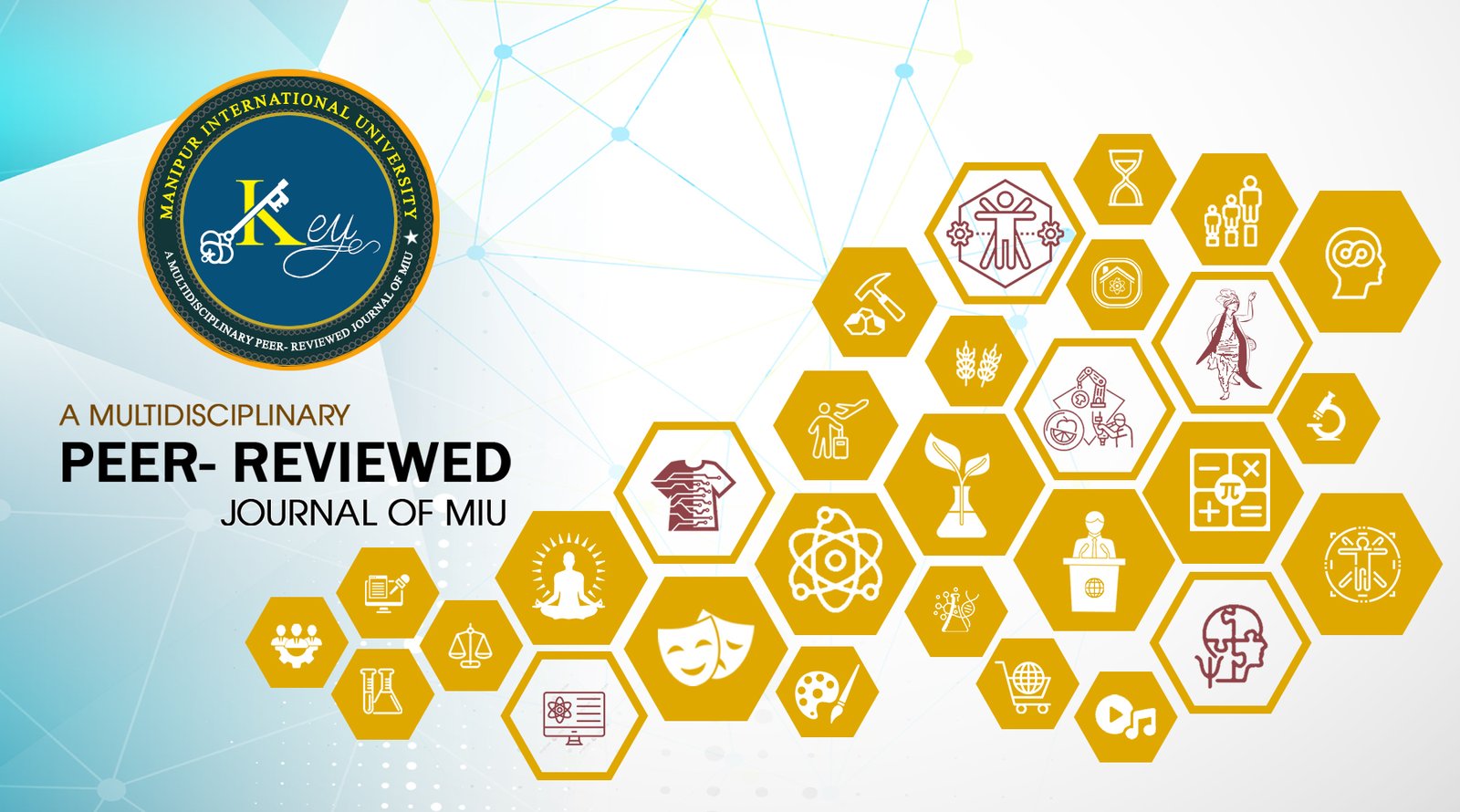Peer Review Process
The journal uses a strict double-blind peer review method. This approach ensures manuscripts meet high standards of quality, originality, and relevance. Since the journal covers multiple academic fields, the review system adapts to various disciplines but keeps the process fair, consistent, and transparent.
1. Preliminary Screening (Desk Check)
After submission, the Editor-in-Chief or an assigned Section Editor begins by reviewing each manuscript. Their goal is to check the following:
· The journal covers the topic in its scope.
· The academic quality and presentation meet minimum requirements.
· The manuscript follows ethical rules (such as rules about plagiarism declaring authorship, addressing conflicts of interest).
Manuscripts failing to meet these standards might get declined at this step without an external review.
2. Finding Reviewers
The editorial team looks for two or more independent reviewers who are experts in the topic. They might choose reviewers from:
· The journal’s own editorial board
· The database of reviewers
· Outside experts who specialize in that field
The team puts extra effort into aligning the topic of the paper with the expertise of the reviewers when the paper spans multiple disciplines.
3. Double-Blind Peer Review
We use a double-blind peer review system:
· Reviewers cannot see who the authors are
· Authors have no idea who the reviewers are
This helps keep the evaluation fair. This matters most in multidisciplinary work since authors might belong to different institutions or fields.
4. Review Criteria
Reviewers base their evaluations on these key factors:
· Originality and overall contribution to the field being addressed
· Clarity in writing and proper structure of the document
· Strength of the methodology and thoroughness of the analysis
· Connection between disciplines and how well they fit together
· Usefulness and appropriateness of cited sources
· Adherence to ethical standards with studies involving humans or animals
· Quality of language and how the material is presented
Reviewers submit a detailed report. This might include a scoring system or in-depth comments about each area.
5. Editorial Decision
The editor uses the reviewer feedback to choose from these options:
· Accept as is
· Accept with small changes
· Request major revisions
· Reject submission
Writers get notified about the decision and receive anonymous reviewer feedback. If there’s a need for major changes, they must submit a detailed response letter to address each concern.
6. Re-Review (if necessary)
Manuscripts that need significant updates may go back to the original reviewers or be sent to new reviewers for another round of evaluation.
7. Final Decision and Acceptance
The Editor-in-Chief or Section Editor makes the final call and ensures all peer review concerns are resolved. Approved manuscripts move to copy-editing, formatting, and publication.
8. Reviewer Recognition and Ethics
· The journal recognizes its reviewers on its website.
· It follows COPE (Committee on Publication Ethics) guidelines that apply to both reviewers and editors.
· The team monitors conflicts of interest and expects reviewers to turn down tasks where bias could arise.
9. Timeline
· Review decisions will be shared about 2 to 4 weeks after submission.
This organized and fair peer-review process aims to maintain integrity and uphold strong academic standards on our platform. It works to promote sharing research across different fields and encourages collaboration from varied disciplines.

